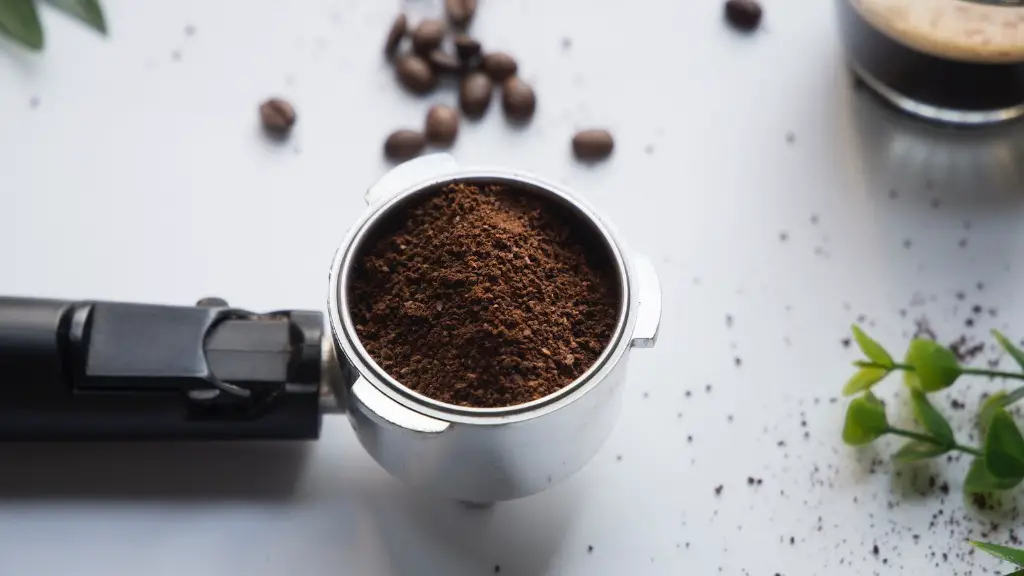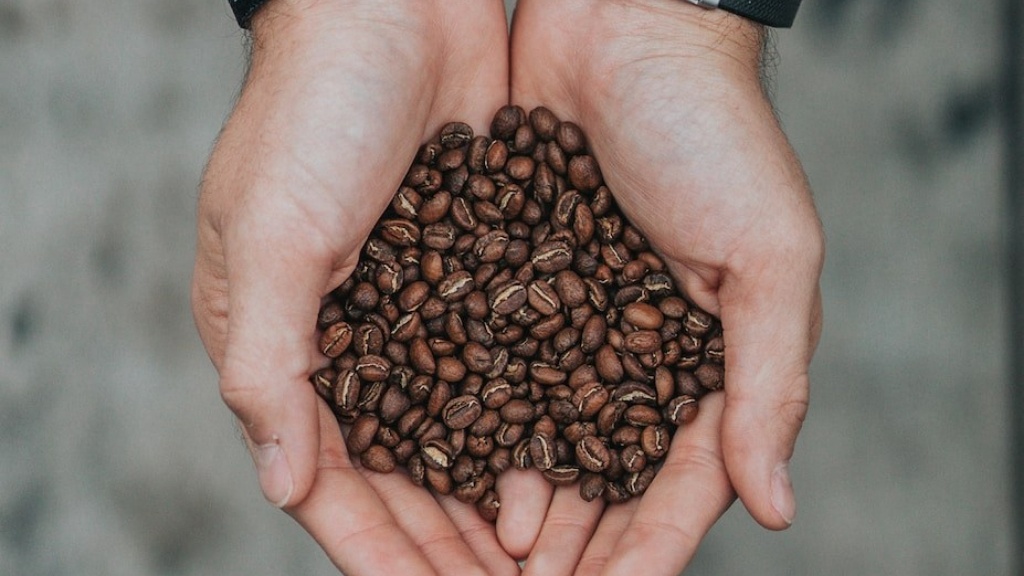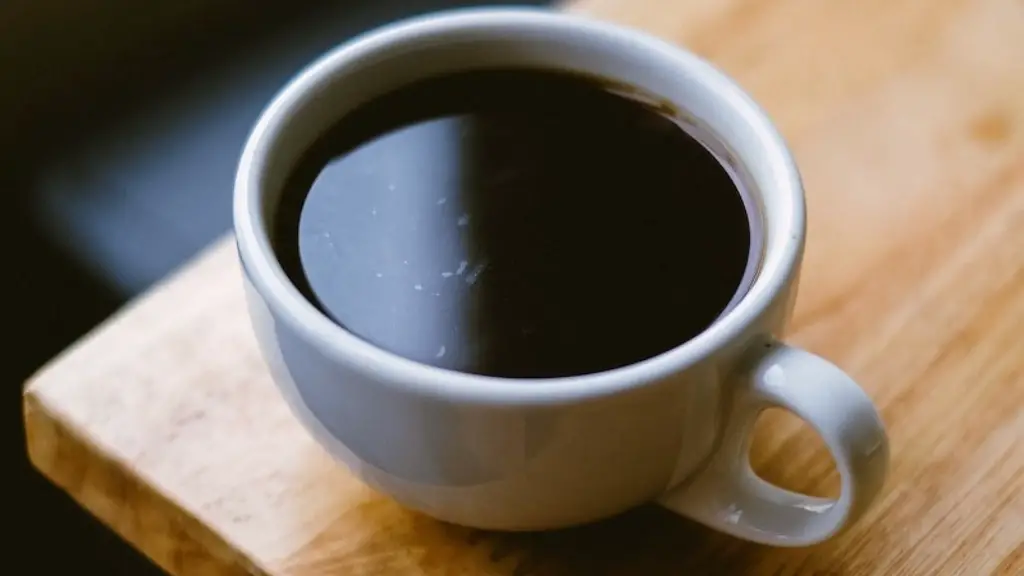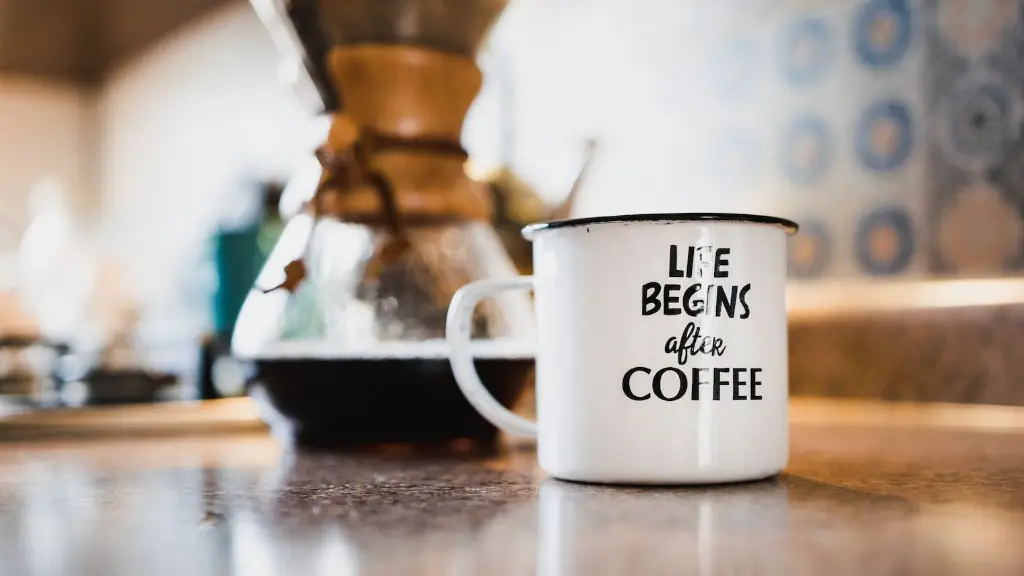Coffee beans contain natural caffeine in amounts that vary depending on the type of coffee, with Robusta beans often featuring higher levels of the stimulant than Arabica beans.
When it comes to decaffeination, the beans have to go through a process of extraction with water, solvents, or carbon dioxide reducing their caffeine content by up to 99 percent. This process is used by various coffee brands including Starbucks.
Starbucks’ website provides information on the amount of caffeine in their beverages. According to their measurements, one 8-ounce cup of decaf coffee contains 8 to 14 mg of caffeine. While this is much lower than the 105–165 mg caffeine content of your regular Starbucks coffee, the decaf still has some levels of the stimulant.
What makes Starbucks different from other cafes is that the brand has managed to retain a lot of flavor in its decaf coffees. According to a consumer study done by taste tester The Hartman Group in 2018, 57 percent of participants found Starbucks decaffeinated espresso tastier than other decaffeinated blends. The brand also managed to retain its signature taste in its decaf coffees by using the Swiss Water Process to by which the caffeine is removed from the beans.
However, there is still debate between nutritionists and industry experts about whether decaf coffee has any adverse health effects. It is still uncertain whether decaf coffee can have an effect on cholesterol levels, type 2 diabetes and potentially increase the risk of cancer. According to the National Cancer institute, there is limited evidence which suggests that drinking decaf coffee increases the risk of bladder, ovarian, and advanced prostate cancers.
In spite of this uncertainty, decaf coffee has become more popular. According to the National Coffee Association of USA, the demand for decaffeinated coffee has doubled in the last five years. This is partly due to the fact that the public is becoming more concerned about the health effects of caffeine, particularly when linked with other ingredients like sugar.
Due to its wide availability and enhanced taste, Starbucks decaf coffees remain some of the most popular on the market. With their lower levels of caffeine, you don’t have to worry about developing caffeine addiction or overdependence. Plus, you can still enjoy all the beneficial components of coffee such as its antioxidants and protective properties.
Overview of Decaf Starbucks Coffee Production Process
When it comes to producing decaffeinated Starbucks coffee, the brand uses a process known as the Swiss Water Process. This involves soaking the beans for a duration of 10 hours before subjecting them to a treated water solution.
The water is then passed through a special filter before the beans are washed again with the same solution. As a result, the new water layer contains 96 percent of the caffeine present in the beans. The entire process is supposed to retain the unique character of Starbucks coffee.
Moreover, the water filter removes only the caffeine particles and doesn’t affect other beneficial components of the coffee. This means that the decaf coffee still contains the same components that make coffee an effective source of antioxidants and protective components.
However, coffee experts point out that the Swiss Water Processs is more costly than other decaffeination methods, like the direct solvent method. The latter involves using chemicals such as methylene chloride and ethyl acetate to remove the caffeine from the beans.
In spite of the cost, Starbucks still opts for the Swiss Water Process in order to retain the trademark flavor and aroma of its coffee.
Negative Health Effects of Decaf Coffee
While decaffeinated coffee has some benefits associated with it, such as its improved taste, there are many downsides to be aware of.
For one, coffee still contains certain compounds that can cause digestive discomfort. Even when the caffeine has been removed from the beans, some people still suffer from acid reflux and heartburn from drinking decaf Starbucks coffee.
Moreover, the National Coffee Association of USA has found that decaffeinated coffee beans contain more acrylamide than regular coffee beans. Acrylamide is a compound that can increase your risk of developing cancer. And, since decaf coffee contains limited amounts of beneficial antioxidants, you’re potentially missing out on some of their disease-preventive properties.
Finally, when it comes to Starbucks decaf coffee, there is still a chance that the decaffeination process isn’t 100 percent effective in reducing the caffeine content. This means that you might still experience jittery feelings and restlessness associated with excessive caffeine consumption.
Effects of Caffeine on Other Organic Molecules
Caffeine is also known to interact with certain molecules in the body, such as adenosine and dopamine. Adenosine is a by-product of caffeine metabolism, which is associated with helping regulate sleepiness and other physiological processes. On the other hand, dopamine is a neurotransmitter associated with the reward centers of the brain.
By blocking adenosine receptors, caffeine can cause us to feel more alert and energized. However, it also has the ability to interfere with dopamine receptors, causing dopamine levels to become unbalanced. Too much caffeine intake can also lead to withdrawal symptoms such as headaches, muscle stiffness, and fatigue.
Moreover, caffeine can interfere with the absorption of certain nutrients such as calcium and iron. According to a 2006 study, the absorption of calcium was 34–35 percent lower in individuals who drank 3 cups of coffee compared with those who didn’t.
Caffeine can also lead to dehydration. This is because caffeine is a diuretic, meaning that it increases the urinary output which can lead to a depletion of water in the body. This can cause fatigue, headaches and nausea.
Finally, studies conducted over the last few decades have shown that people who consume large quantities of coffee might suffer from symptoms such as anxiety and irritability.
How Much Caffeine is Considered Safe?
The amount of caffeine considered safe may differ from person to person, however, most health experts suggest that no more than 400 mg of caffeine per day (the equivalent of 4 to 5 cups of coffee) is safe for most adults.
This means that if you drink a cup of decaffeinated coffee you can still benefit from the beverage without overdoing it on the caffeine.
Moreover, you can choose to drink decaf coffee at any time of day, since the beverage is low enough in caffeine that it won’t interrupt your sleep patterns. However, as previously mentioned, some people may still experience certain side effects such as headaches and nausea.
Another way to lower your caffeine intake is to reduce the amount of sugar and other ingredients in the coffee. This will reduce the overall caffeine content of the beverage, as some of the sugar and milk can bind to the caffeine present in the beans.
Alternatives to Decaf Starbucks Coffee
Due to the concerns over the potential negative health effects associated with regular and decaffeinated coffee, many people opt for alternative non-caffeinated drinks.
Rooibos tea is a popular alternative to decaf Starbucks coffee. It does not contain any caffeine and is rich in antioxidants, which can help fight cancer and other diseases.
Another popular alternative is chicory coffee. Chicory is a type of root that can be used to make a beverage with a similar taste and aroma as coffee when brewed with hot water. However, it doesn’t contain any caffeine.
Finally, some people opt for herbal teas such as peppermint or ginger. These teas are caffeine-free and are said to have relaxing and calming effects.
Caffeine Content in Decaf Starbucks Coffee Compared to Other Brands
The caffeine content in decaf Starbucks coffees is relatively lower than other brands. According to a study done by the United States Department of Agriculture (USDA), one 8-ounce cup of decaf brewed from Starbucks beans had 8–14 mg of caffeine compared to the 15–20 mg in Dunkin’ Donuts decaf.
However, some brands have been found to have higher levels of caffeine in their decaffeinated coffees. For example, a 2018 study done by CSPI found that some decaffeinated coffees had as much as 31 mg of caffeine per 8 ounces.
Interestingly, some brands also labeled ‘caffeine free’ were found to have as much as 17 mg of caffeine per 8 ounces. This was attributed to the fact that it’s impossible to remove all of the caffeine from the coffee beans, regardless of the decaffeination process used.
Conclusion
Decaffeinated Starbucks coffees provide a great option for people who want to avoid the side effects associated with excessive caffeine consumption without sacrificing the flavor and aroma of their favorite coffees. With their 8–14 mg of caffeine content per 8 ounces, Starbucks decaf coffees are relatively low in caffeine compared to other brands. However, you should still be aware of potential health risks associated with decaffeinated coffee.





